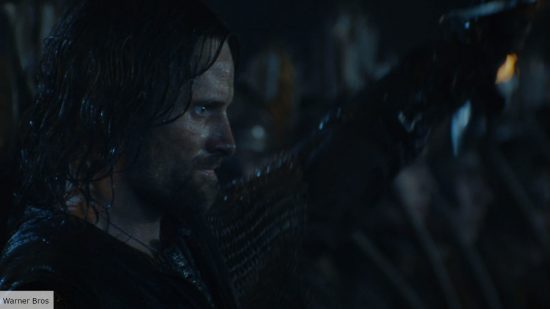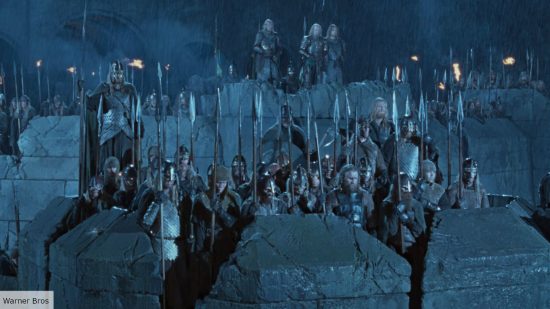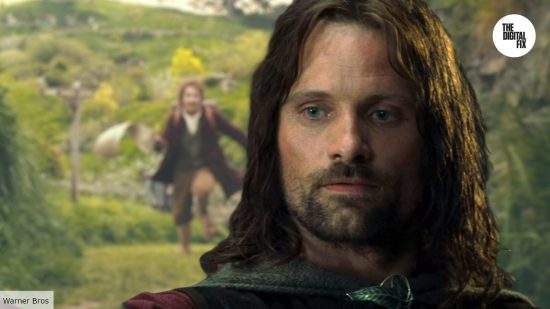It’s been over a decade since the first installment in The Hobbit movie trilogy hit cinemas, hoping to repeat the success of Peter Jackson’s monumentally successful Lord of the Rings movies. Sadly, it didn’t quite go to plan.
While the Lord of the Rings trilogy is still rightly regarded as the best fantasy movie series ever, The Hobbit films really don’t get the same praise. There are endless minor issues in the Martin Freeman-led films (including that awful, contrived love triangle), but what irks us most is the excessive, extensive use of CGI in contrast to Jackson’s earlier work in Middle-earth. Nothing sums that up better than Helm’s Deep, according to Richard Taylor, who worked on the Lord of the Rings trilogy and won an Oscar for his efforts.
“I’m not suggesting The Hobbit films are worse,” said the special effects maestro, speaking with Inverse. “But I believe the LotR films won’t date because the textual realities of a real-world setting like Helm’s Deep create the sense you’re in Middle-earth.”
Bingo. Especially with their recent 4K re-release, the Lord of the Rings movies are still an astonishing visual achievement. Painstaking time and effort was spent to create Middle-earth from the ground up, with every orc and goblin feeling real. Especially in The Fellowship of the Ring, Middle-earth felt like a real environment because it so often was, with extensive on-location filming being prioritized where possible.

This is in direct contrast with The Hobbit trilogy, where the use of CGI to create creatures and landscapes became normal. The villainous orcs weren’t people in costumes and makeup, but ethereal, intangible CGI creations that already look extremely dated. Practical effects mostly fell by the wayside, in the instances that real locations were used, the positive difference was enormous.
Taylor continued to highlight the differences between the two, explaining the time and detail that went into designing the Uruk-hai. “The Uruk-hai at Helm’s Deep were also the first army we designed and built, going through over 30 life-sized head sculpts until we were happy.” On a broader level, Taylor says, “There were 72 miniatures built for The Lord of the Rings trilogy, there were zero built for The Hobbit trilogy.”
That sums it all up, really. The likes of Minas Tirith, Minas Morgul, Orthanc, and Helm’s Deep were all designed as practical miniatures (though that is a bit of a misnomer, given they were still massive), as well as elements of Rivendell, and the massive statues at The Argonath. When the Lord of the Rings characters travel through them, you feel like you’re there too. Their designs are iconic, and aside from The Shire, The Hobbit trilogy lacks any such instantly recognizable locations or visuals.

Lord of the Rings cast member Viggo Mortensen says he saw this downturn coming, and that even in his first trilogy, Jackson began to rely on CGI over practical effects as the films progressed.
“Peter was always a geek in terms of technology but, once he had the means to do it, and the evolution of the technology really took off, he never looked back,” Mortensen said (via EW). “In the first movie, yes, there’s [CGI used for] Rivendell, and Mordor, but there’s sort of an organic quality to it, actors acting with each other, and real landscapes; it’s grittier.”
He argued that, as Jackson deployed more CGI (which becomes most obvious in The Return of the King) the tangibility of the first movie, “gradually got lost in the second and third. Now with The Hobbit, one and two, it’s like that to the power of 10.”

It’s partly for that reason that we agree with Mortensen: The Fellowship of the Ring is still the best movie in Jackson’s Middle-earth series, even if its story is the smallest in scale. The Hobbit really just can’t compare. Its version of Middle-earth doesn’t feel real. So, if you need us, you can find us watching the LotR extended editions… again (and even they aren’t long enough).
For more Middle-earth fun, learn all about the first of (hopefully) many new movies in the franchise with our guide to the War of the Rohirrim release date. Or, see what we know about the other new Lord of the Rings movies, as well as Rings of Power season 2. Finally, you can always go back and rewatch the Lord of the Rings movies in order.
